Film festivals attract me. Over the years I have been to several – the film festivals in Toronto, Woods Hole, Borrego Springs CA, Tribeca in New York City, Los Angeles, Seattle and Palm Springs California.
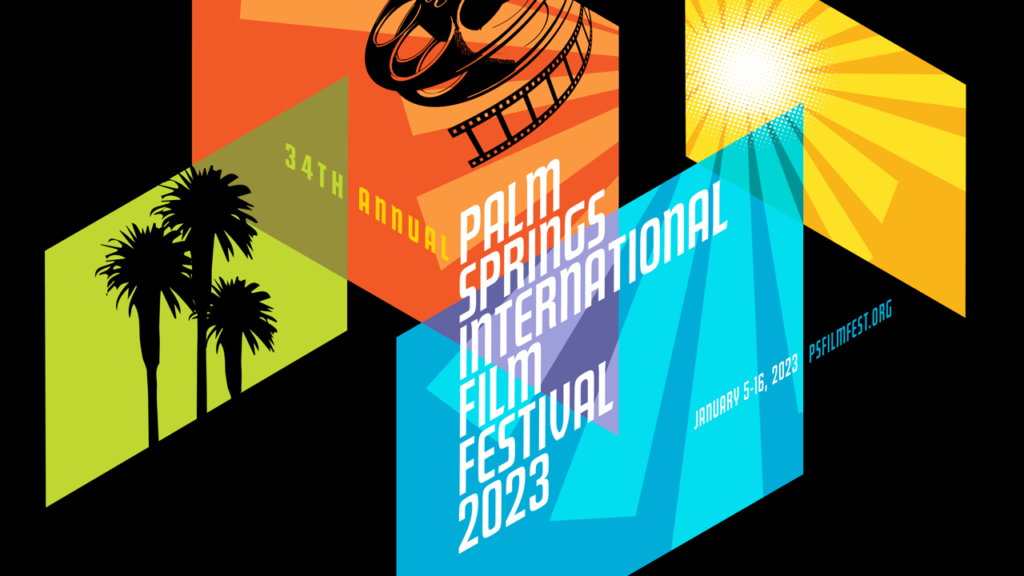
This year’s Palm Springs International Film Festival opened on Thursday after being shut down for the last three years. Over the last few days, I have had the opportunity to go to five of the 140 movies that are scheduled over the 12 days of the film festival. The films that I have seen have been terrific.
One film – Racist Trees, in particular, really moved me. It was so powerful. I found my eyes welling up several times.
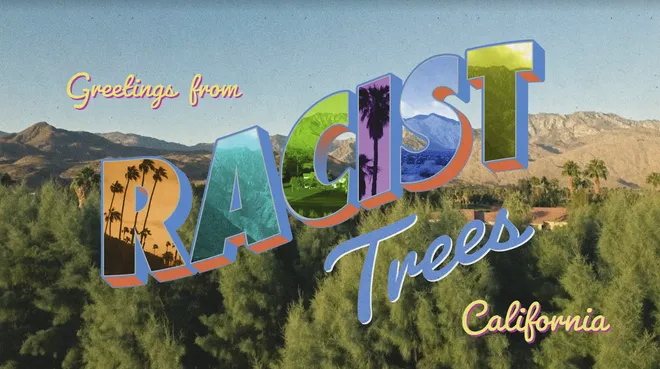
Racist Trees. When I first heard the title of the movie, I said to myself, what is this? Racist trees???? That does not make any sense. How can trees be racist?

It is about a majority-black neighborhood in Palm Springs California that was separated from a golf course and a spectacular view of the surrounding mountains by a row of large, tall, ugly, shedding, rat infested and water guzzling tamarisk trees that were planted in the 1960’s.

The documentary is about the presumably racist genesis of these trees, the impact the trees have had on the predominately black homeowners in the neighborhood, and the process involved in trying to get the trees removed. The trees were removed finally about four years ago. The controversy raised complex questions about race and justice.
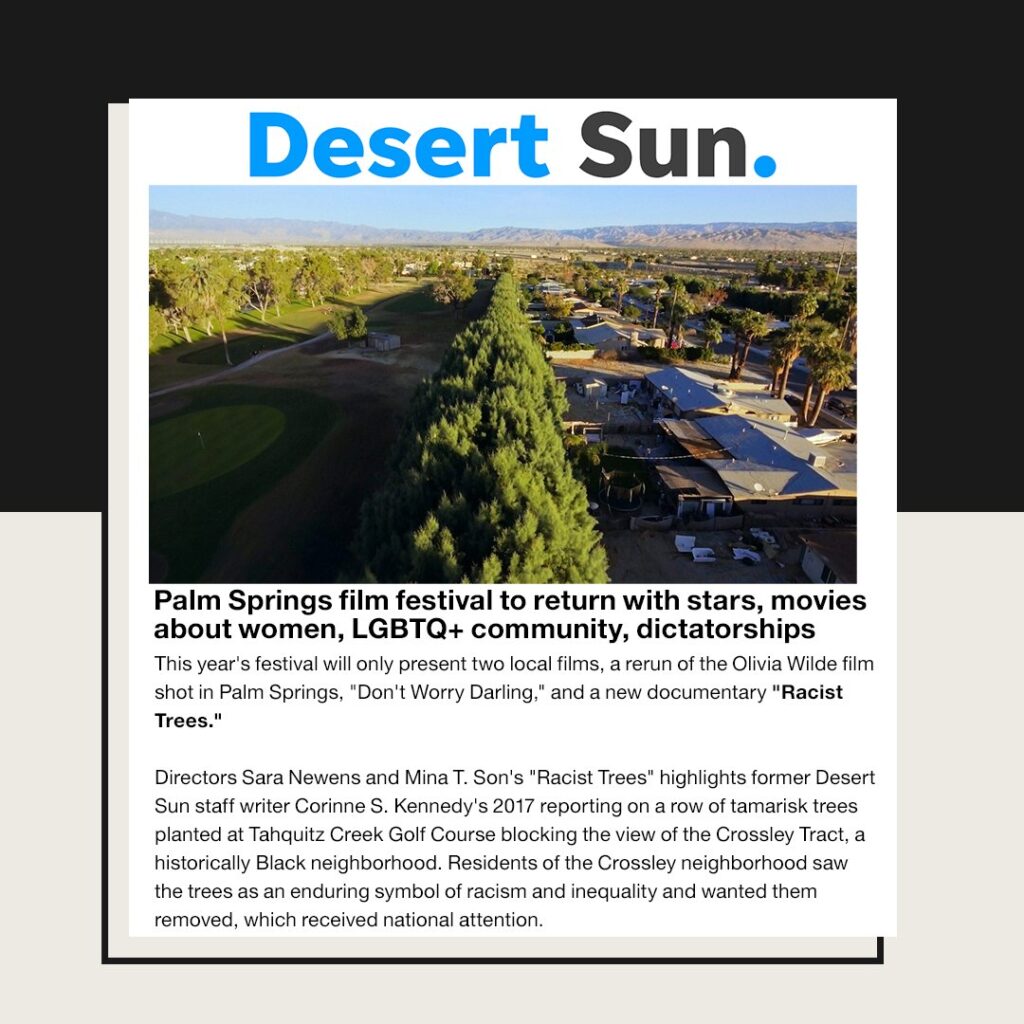
An article about the racist trees in the June 2017 Desert Sun newspaper went viral and was picked up by some of the national media, generating some controversy. For example, Tucker Carlson of FOX News chose to make fun of this issue, by saying “Well the government of Palm Springs California out in the desert is plotting a war on racist trees.” He asked “how can a tree be racist?”. For him, this was one more example of how everything nowadays is being called racist.
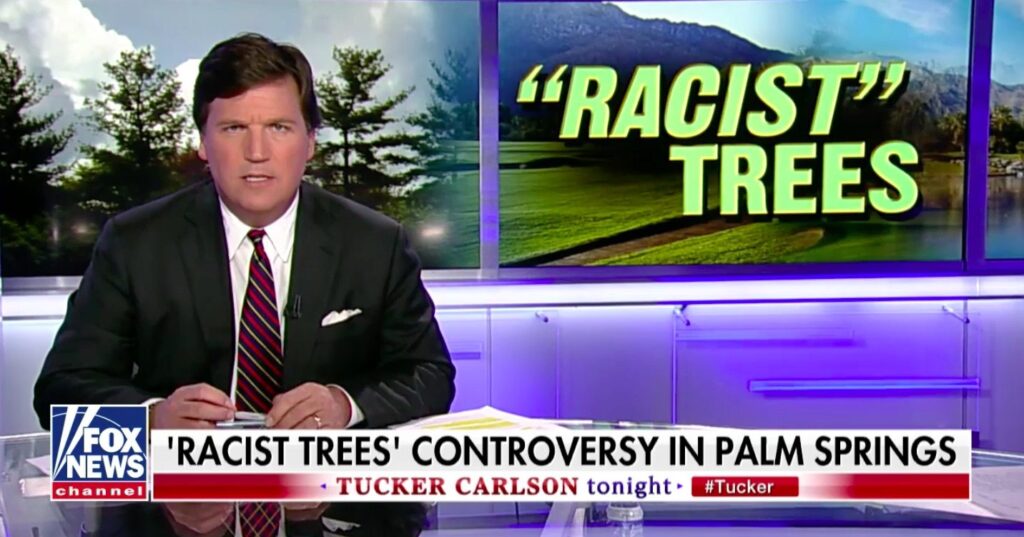
The other slant to the story that made it interesting was the fact that this controversy was happening in Palm Springs, which prides itself on being open and liberal. In fact, for the first time ever the City Council at the time of the controversy was all-LGBTQ.
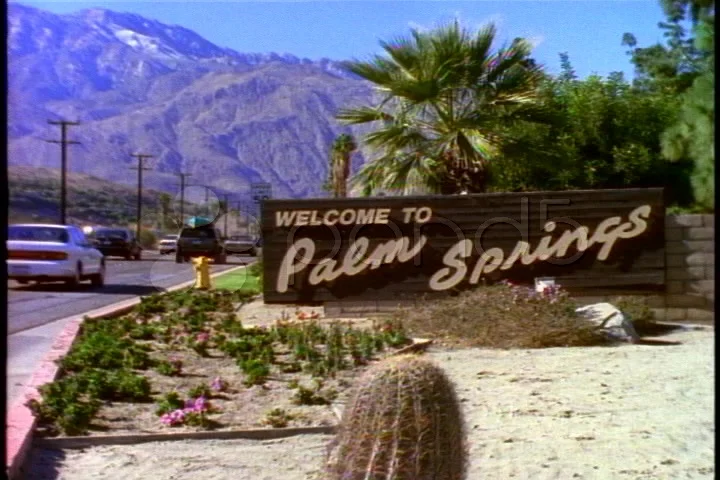
What struck me were the commentaries of a few of the local residents throughout the movie. They were so genuine, straightforward and compelling.
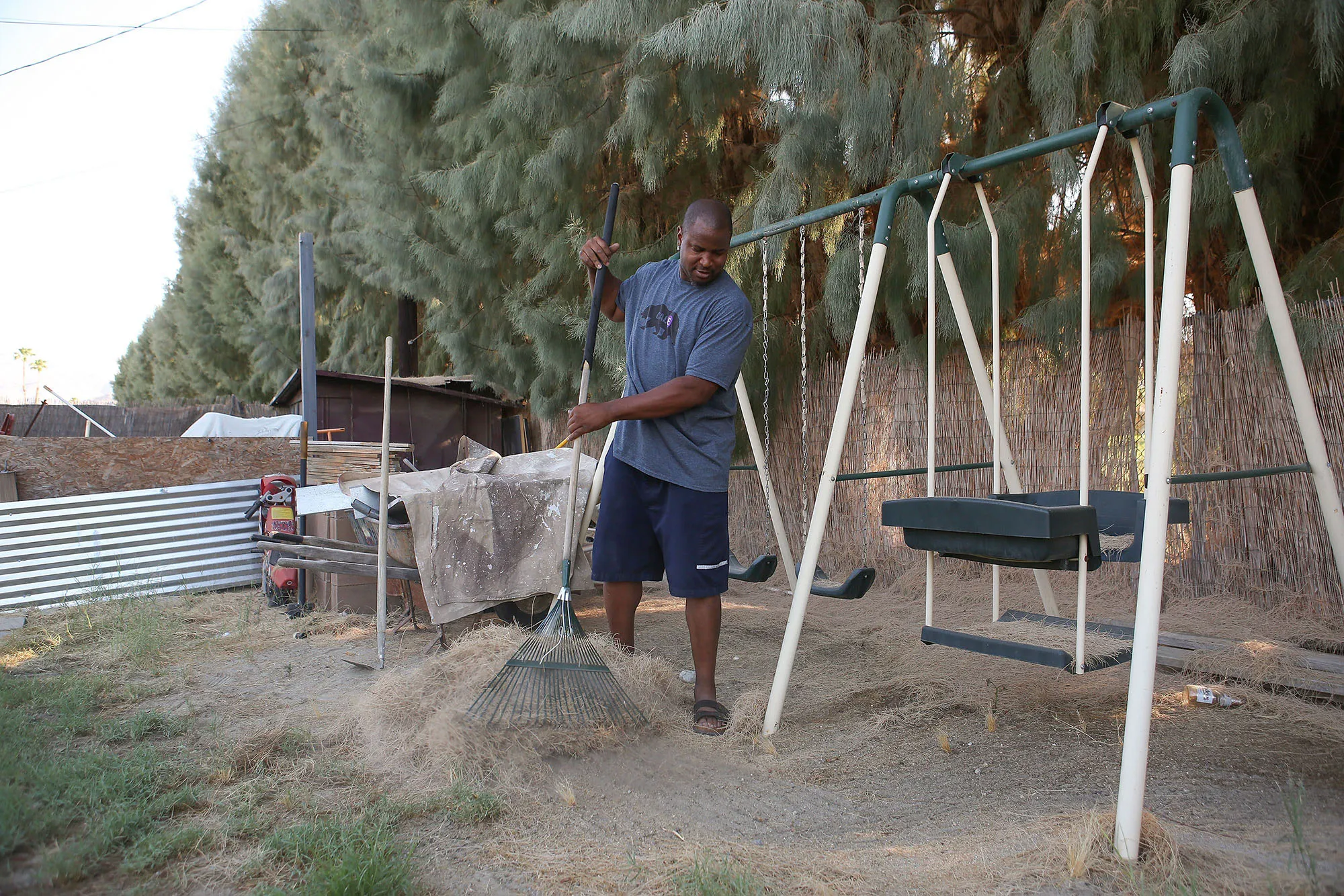
One of the great benefits of film festivals is that often the directors and lead actors attend the screening and agree to an in person Q&A after the film has concluded. I had the chance to ask a question and to talk with Trae Daniel and Charles Metcalf, two of the three individuals who were the primary “actors” in the film.
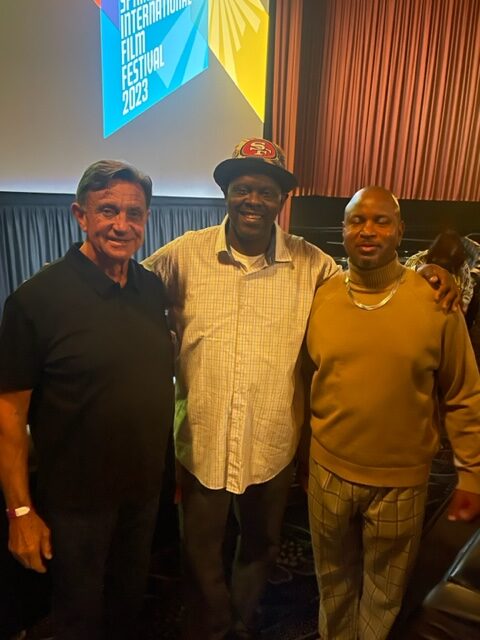
The directors chose to tell the story by allowing the residents of the neighborhood to tell the story in their own words in their own setting. At the same time, the directors allowed the city officials to tell the story from their point of view. This approach was so genuine, up close and personal, and very powerful.
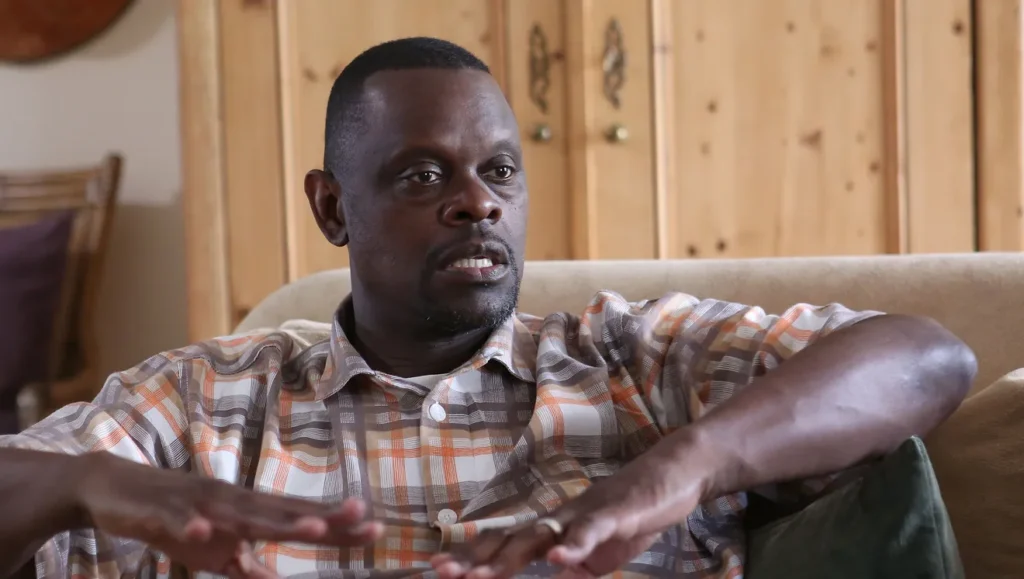
I was struck by what it took to organize the neighborhood to raise their concerns. Also I was amazed at what it took to convince the City Council that the trees should be removed. The power of unity was on display.
The documentary reminded me of the importance of home ownership in America. How it is probably the single most important factor in being able to move up the economic ladder. I learned how important generational ownership of individual properties can be. I also was amazed at the impact one or two individuals can have on making change and righting wrongs. But it was not easy at all.
However…
This film unfortunately may never see the light of day. No one has picked up the film for distribution as of yet. That would be a real shame, for this movie/documentary should be seen by all.
Over the years I’ve golfed 54 different courses in the Coachella Valley. Many have tamarisk trees on them. I played Taquitz Creek at least a half dozen times. Those trees on the 14th fairway (yes I’ve shanked errant balls into them) are Tamarisks and they were planted in many parts of the valley including other golf courses. If you ever stayed at Emerald Desert RV Park you will recall those trees were planted along the first couple of holes of that golf course too. On the other side is a railroad track and a highway (not planted for racial reasons).
I’ve been a Member of several Golf Courses and many have planted trees to enhance holes and to protect residential areas from shanked and sliced balls from hitting homes and harming people living adjacent to the fairway. . As time goes on the trees grow and do block out views, but that’s what trees do. They also stop balls from harming people and property.
To think that those trees were planted for racial reasons is a bit of a stretch, but these days it seems the USA delights itself in twisting everything into a racial issue. I get that the film makers have taken a slant in that direction, as did that City Council—all for personal gain. So sad!
Such a well written, interesting blog, Neil.
Earl, such a well written, interesting response.
You two prolific writers should get together write and publish a book.!
That was always the draw to the film festival. Non mainstream movies that really get you thinking. Did you have your special seat in the theatre Neil
My question to Earl. Have you seen the movie?
Good question.
Paul, I followed this saga a few years back when the story first surfaced. It was ripe for someone to blow it up into a racial issue.
One could see it coming, I actually thought Rev Sharpton would take up the opportunity to raise more funds.